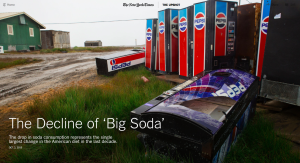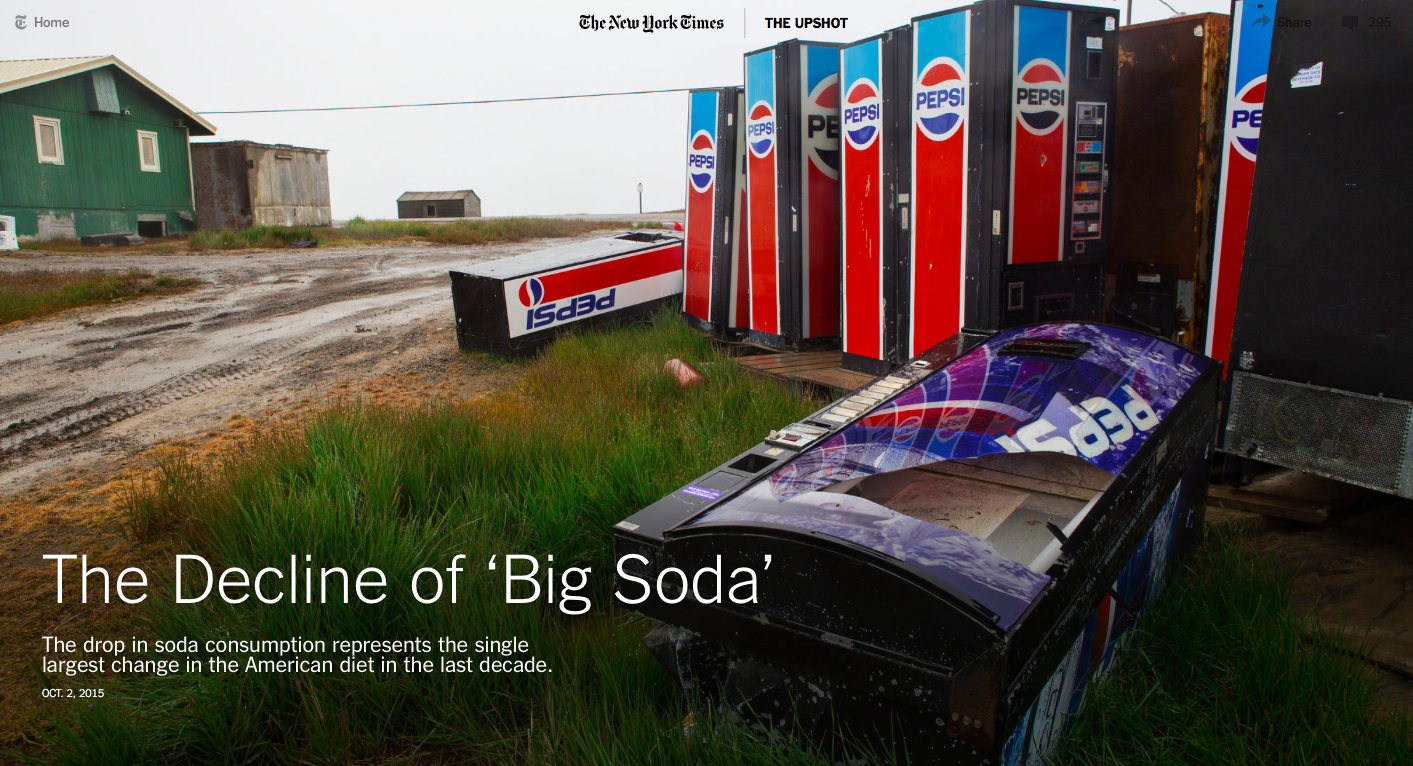Transparency is extremely important to us, so we are letting you know that we may receive a commission on some of links you click on from this page. See our disclaimer.
 This post from Cathy Kenworthy, Interactive Health CEO, was originally published in LinkedIn here. Please visit the original piece to leave any comment.
This post from Cathy Kenworthy, Interactive Health CEO, was originally published in LinkedIn here. Please visit the original piece to leave any comment.
In this next series of posts, I want to bring out my geek and get more into the story of preventive care and health management through the lens of data. First, as a relative newcomer to this field, I must say that I found the facts of our current state of health in the US to be sobering. Here are a few statistics that catch my eye.
- According to the International Diabetes Federation, the US spends $310 billion on the care of diabetes, more than all other regions of the world combined. Every 7 seconds an individual dies from diabetes and 50% of those that die are under age 60. Every 19 seconds someone in the US is diagnosed with diabetes. Half of those with diabetes are unaware they have it. Diabetes nearly doubles the risk of heart attack and for death from heart disease.
- The rate of incidence is actually increasing among those that are younger and will live with these conditions for longer time periods. For employers, no longer is the influx of a younger workforce serving as insulation from chronic conditions. In fact, the rate of childhood obesity in the US is approaching 35% according to the World Obesity Foundation in March 2014 and is the highest of any developed nation in the world.
- And, workforce stress is intermingled with diabetes. In our own data at Interactive Health, we see that 50-60% of those that are at risk for a chronic condition also have evidence of moderate to severe emotional distress including depression, anxiety and stress
So, the rise in chronic conditions, particularly at younger and younger ages, creates tremendous difficulties for the well-being of a staggering, and growing, number of individuals, creating lifelong health complications.
To end on a bright note, though, think of the revolution that has taken place in the use of tobacco and the consumption of soda in the US. As we are discussing [yesterday] morning in Wellness Works Hub, the NY Times published a story late last week about the striking decline in soda consumption, especially among our youth. The “fad” has changed so what was once in fashion (using tobacco or consuming sodas) is no longer… the social norm is now to be tobacco- and soda-free!
Much is possible as we set our sights high. And, while worksite wellness is not a perfect or the only solution, it is one that offers tremendous impact and potential. A trend that can help us is a good “fad”!





0 Comments